I’m not saying that my grandparents wore these particular coats shown below, but they certainly glanced at the winter styles and were, I suspect, influenced by the fashion.
The styles appear on the same page as an article about Grandmother Edna and her suffrage movement organizing and activities.
If I transpose my grandparents onto the couple in the newspaper, I imagine Edna thinking in 1915 that Wilmer was a loveable, supportive and loving husband.
BUT WHAT ABOUT EDNA’S DETERMINATION NOT TO MARRY?
In 1904 one of Edna’s letters to Wilmer Kearns (then working in NYC) described friends and family members’ puzzlement by the couple’s infatuation with each other and they wondered if the relationship could be moving in the direction of becoming serious. After all, Edna had announced her intention not to marry early in her teenage years. And Wilmer and Edna came from very different backgrounds. Many young women, like Edna, preferred to be free and independent, unless, of course, they found the exceptional guy, which Wilmer turned out to be.
The conscious decision to remain single wasn’t all that unusual in the 19th and early 20th century. Edna’s childhood friend Bessie, for example, found support in other women, who like her, preferred to remain single. And this recent article from Massachusetts also documents the larger context. Edna’s friend Bessie at the turn of the 20th century was fascinated with the Cult of Single Blessedness, another variation of the same trend.
 Follow Suffrage Wagon News Channel on Facebook and Twitter. Quarterly newsletters just by signing up. Stay up to date with audio podcasts and videos. Celebrate suffrage centennials and women’s freedom to vote. And follow SuffrageCentennials.com for news and views about upcoming suffrage centennials. Check out Suffrage Wagon’s video channels on Vimeo and YouTube.
Follow Suffrage Wagon News Channel on Facebook and Twitter. Quarterly newsletters just by signing up. Stay up to date with audio podcasts and videos. Celebrate suffrage centennials and women’s freedom to vote. And follow SuffrageCentennials.com for news and views about upcoming suffrage centennials. Check out Suffrage Wagon’s video channels on Vimeo and YouTube.
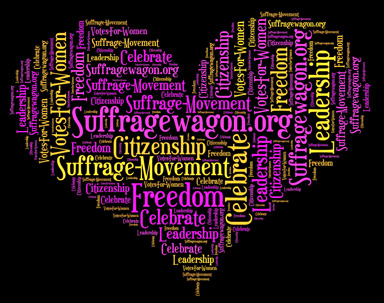

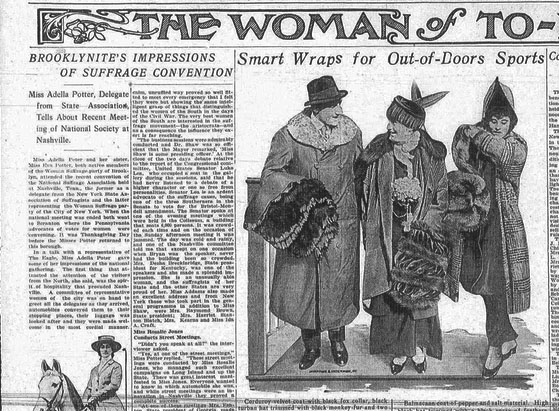
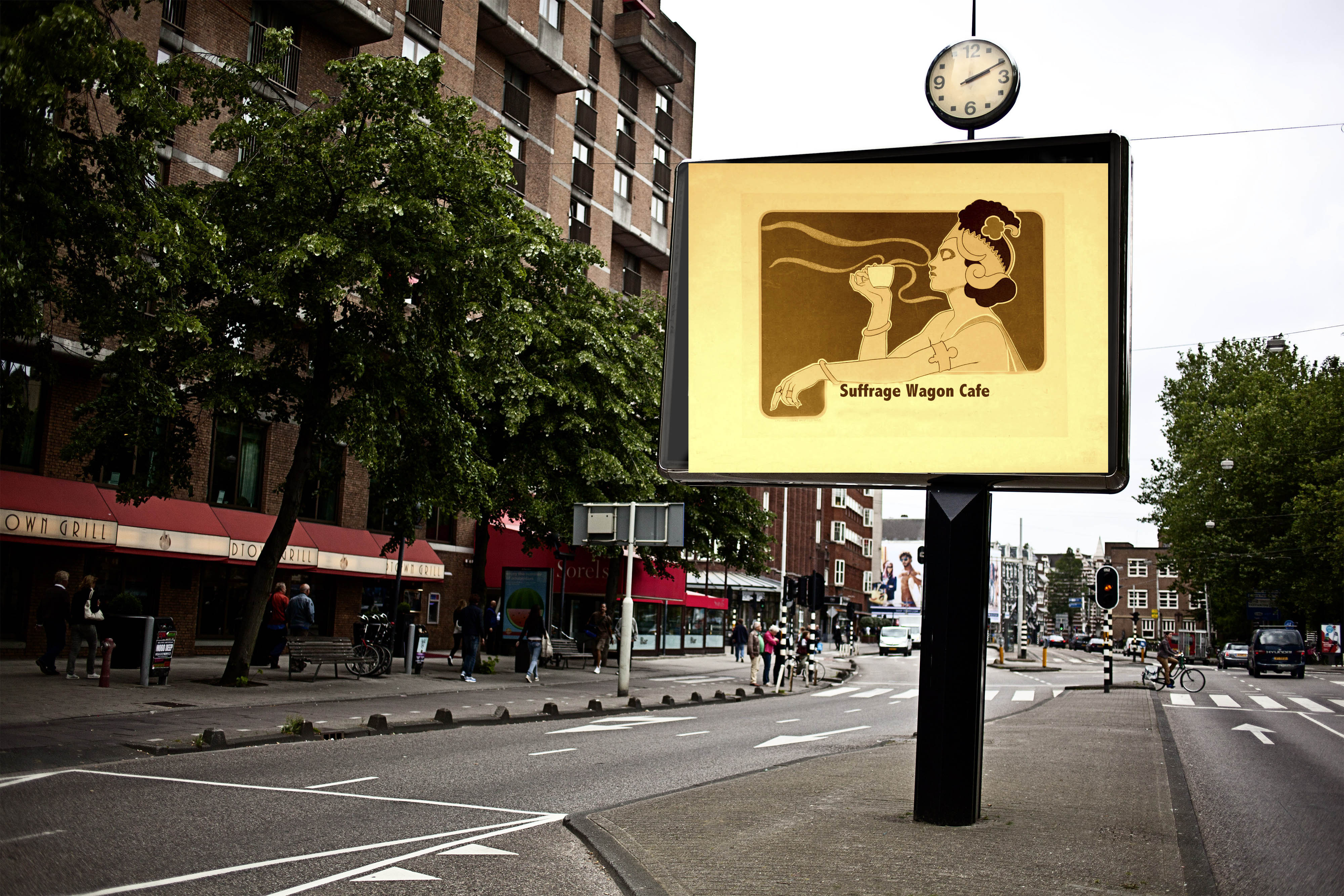
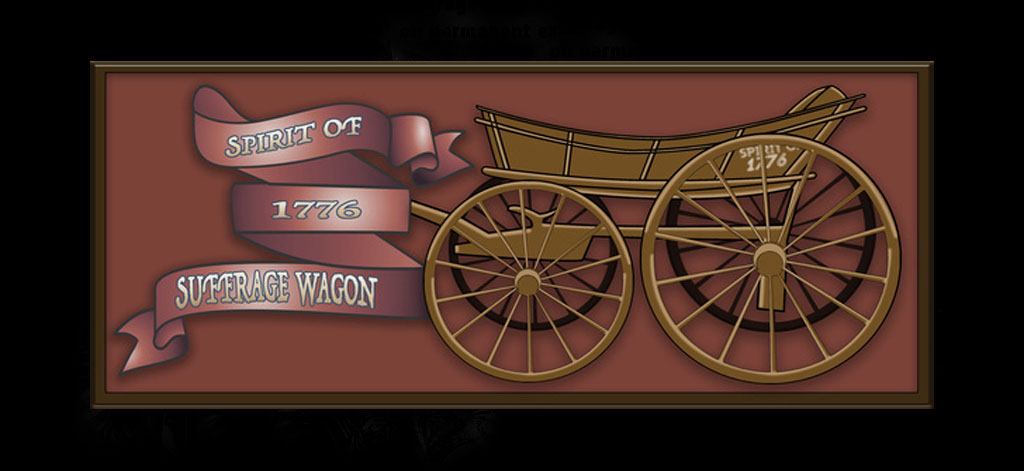
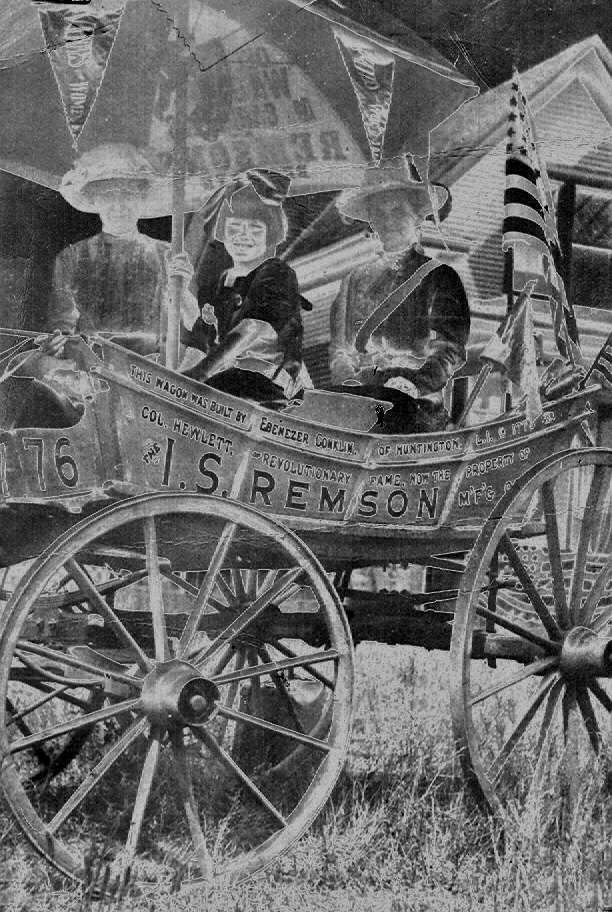
0 Comments